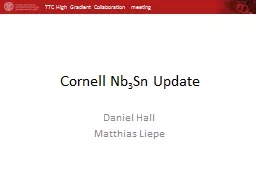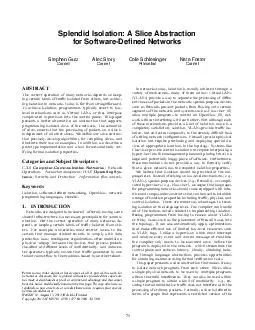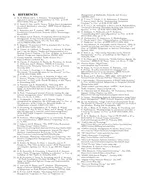PPT-Cornell Nb 3 Sn Update
Author : alexa-scheidler | Published Date : 2019-11-07
Cornell Nb 3 Sn Update Daniel Hall Matthias Liepe Recent focus Thin film regions Regions of a thin Nb 3 Sn layer on the order of the RF penetration depth that cause
Presentation Embed Code
Download Presentation
Download Presentation The PPT/PDF document "Cornell Nb 3 Sn Update" is the property of its rightful owner. Permission is granted to download and print the materials on this website for personal, non-commercial use only, and to display it on your personal computer provided you do not modify the materials and that you retain all copyright notices contained in the materials. By downloading content from our website, you accept the terms of this agreement.
Cornell Nb 3 Sn Update: Transcript
Download Rules Of Document
"Cornell Nb 3 Sn Update"The content belongs to its owner. You may download and print it for personal use, without modification, and keep all copyright notices. By downloading, you agree to these terms.
Related Documents













![[EPUB] - Sloth Cornell Notes Notebook: An 8.5 x 11 cornell notes notepad, cornell notes](https://thumbs.docslides.com/907355/epub-sloth-cornell-notes-notebook-an-8-5-x-11-cornell-notes-notepad-cornell-notes-pad-cornell-notes-book-note-taking-notebo.jpg)
